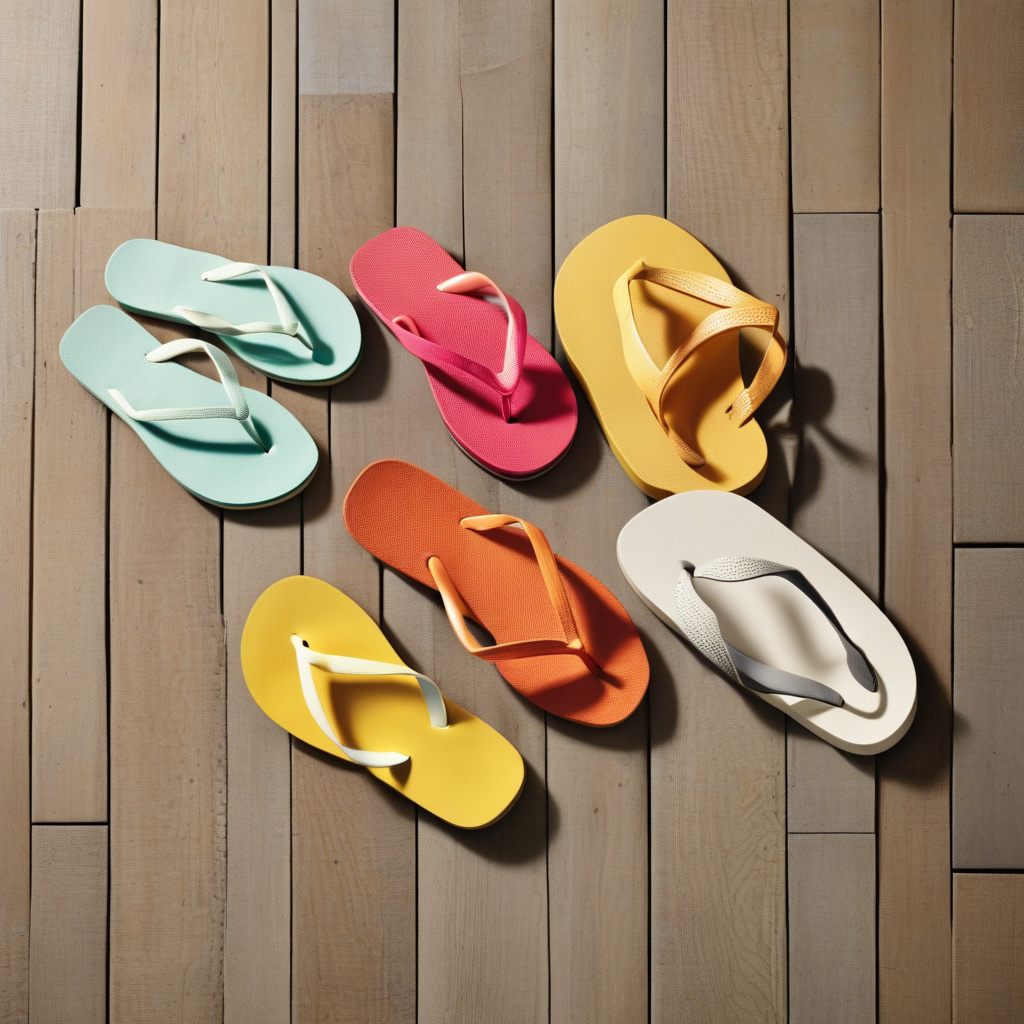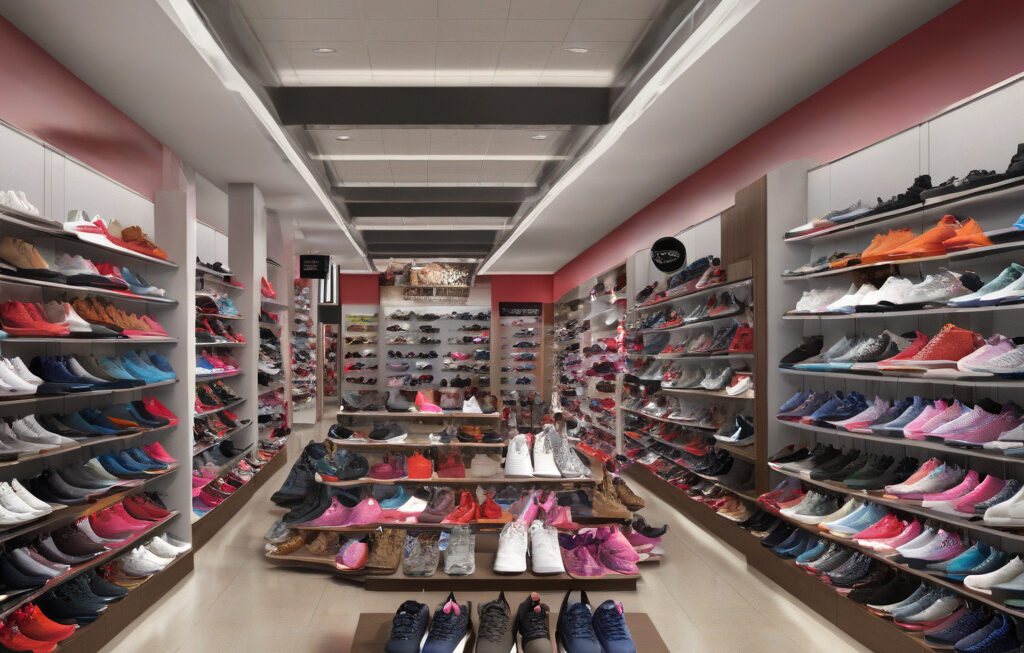Why Shoes Keep Shrinking: Flip-Flops, Flats, and Slim Sneakers
Have you noticed a trend in the shoe industry where footwear seems to be shrinking before our very eyes? From flip-flops to flats and even sneakers, thinner and more minimalist designs are taking center stage. This shift towards “naked” shoes, as some may call them, is not merely a coincidence but a strategic move driven by consumer preferences and technological advancements.
One of the key reasons behind the shrinking silhouette of shoes is the growing demand for comfort and flexibility. In today’s fast-paced world, consumers are increasingly gravitating towards footwear that allows for natural movement and mimics the barefoot experience. This has led to the rise of minimalist shoes that offer a lightweight and unrestricted feel, promoting better foot mechanics and overall comfort.
Take, for example, the classic flip-flop. Once reserved for casual beach days, flip-flops have undergone a transformation in recent years. Brands are now offering sleeker and more streamlined designs that cater to both style and comfort. By reducing unnecessary bulk and focusing on minimalist aesthetics, flip-flops have become a versatile footwear option for various occasions.
Similarly, flats have also embraced the trend of shrinking shoes. Traditional ballet flats have given way to more refined and minimalist versions that prioritize a snug fit and enhanced support. Brands are utilizing advanced materials and construction techniques to create flats that are not only stylish but also promote foot health. The result is a shoe that seamlessly blends fashion with function, catering to the needs of modern consumers.
When it comes to sneakers, the shift towards slimmer profiles and minimalist designs is particularly pronounced. Athleisure has become a dominant trend in fashion, blurring the lines between athletic and casual footwear. As a result, sneaker brands are introducing slim sneakers that offer the perfect combination of performance and style. These shoes feature lightweight materials, responsive cushioning, and flexible soles, allowing wearers to move effortlessly throughout the day.
Technological advancements have also played a significant role in the evolution of thinner shoes. Innovative materials such as knitted uppers, responsive foams, and flexible outsoles have enabled brands to create footwear that is not only lightweight but also durable and supportive. By harnessing the power of technology, shoe manufacturers are able to push the boundaries of design and functionality, delivering products that meet the demands of today’s consumers.
In conclusion, the trend of shrinking shoes, from flip-flops to flats and slim sneakers, is a reflection of changing consumer preferences and technological innovations in the footwear industry. By embracing minimalism and prioritizing comfort and flexibility, brands are able to cater to the needs of modern consumers who seek both style and functionality in their footwear. As this trend continues to gain momentum, we can expect to see more innovative and sleek designs that redefine the way we think about shoes.
comfort, flexibility, minimalist, footwear, technology












